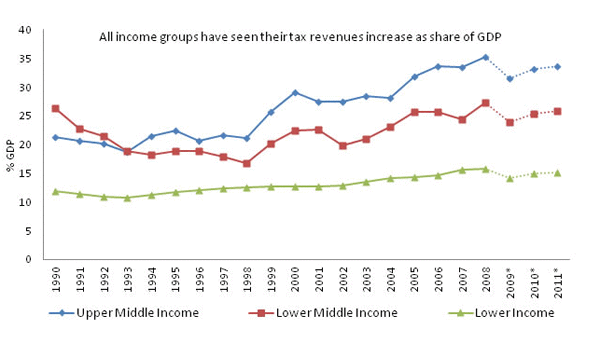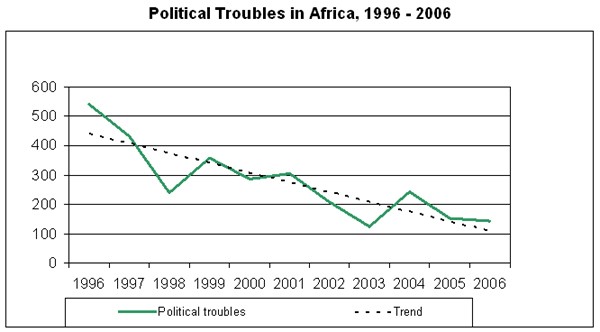Ghana African Economic Outlook
Post on: 21 Май, 2015 No Comment

Thematic analysis: Structural transformation and natural resources
Authors: Eline Okudzeto, Wilberforce Aminiel Mariki, Gregory De Paepe, Kordzo Sedegah
- Ghana’s economy is expected to maintain robust growth over the medium term, bolstered by improved oil and gas production, increased private-sector investment, improved public infrastructure development and sustained political stability.
- Promoting the integration of Ghana’s industrial sector into regional value chains could underpin the country’s structural transformation on condition that authorities take measures to improve agricultural productivity, and address challenges in infrastructure and in the business environment.
- With the exception of maternal and infant mortality, sanitation and employment, Ghana has made substantial progress in meeting the Millennium Development Goals (MDGs), as targets for the reduction of extreme poverty and access to safe drinking water have been achieved, while targets on hunger, education and gender are on track.

Ghana’s economy has maintained commendable growth trajectory with an average annual growth of about 6.0% over the past six years. In 2013 growth decelerated to 4.4%, considerably lower than the growth of 7.9% achieved in 2012. Growth has, however, been broad-based, driven largely by service-oriented sectors and industry, which on average have been growing at a rate of 9.0% over the five years up to 2013. Over the medium term to 2015, the economy is expected to register robust growth of around 8%, bolstered by improved oil and gas production, increased private-sector investment, improved public infrastructure development and sustained political stability.
The continued widening of the budget deficit has been a major constraint to fiscal and debt sustainability. Following an expenditure overrun in 2012, marked by an unprecedented budget deficit of around 12% of GDP, the situation persisted in 2013, with about the same level of budget deficit. Revenue enhancing and expenditure consolidation measures underway in 2014 are expected to ease the fiscal deficit to 9%. In conjunction with fiscal constraints, inflation has been on the rise resulting from a number of factors including the removal of subsidies on petroleum prices and a gradual rise in electricity and water tariffs. It is also worth noting the rise in public debt from 43% of GDP in 2011 to 48% in 2012, and further to 53.5% in September 2013, resulting from a widened budget deficit. The external sector will continue to experience a widened current account deficit of around 12% of GDP in 2014, exacerbated by a decline in commodity prices of major export commodities, particularly on gold and cocoa.
With the exception of some food processing and significant exports of gold and unprocessed cocoa, Ghana is relatively less integrated into global value chains due to its infant industry. Yet, compared to its regional peers, Ghana has the industrial capabilities to export and drive regional value chains in Economic Community of West African States (ECOWAS) countries. Ghana’s geographical proximity to ECOWAS markets, projected rise in consumption and lower standard requirements offer Ghanaian industrial firms opportunities to scale up and increase their productivity. For the industrial sector to grow, authorities need to tackle the constraints relating to the cost of credit and to the unreliable supply of energy, in order for leading industrial sectors in construction materials, textile, agro-processing, plastics and pharmaceuticals to expand. Non tariff barriers also add a significant burden to the development of these regional value chains.














